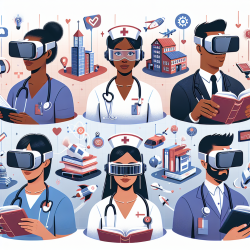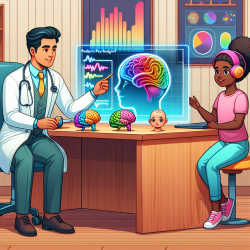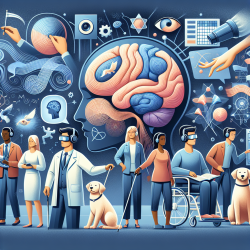Introduction
In the ever-evolving landscape of healthcare, technology continues to play a pivotal role in transforming how services are delivered and how practitioners are trained. One such technology making waves is Virtual Reality (VR), which is increasingly being applied in the field of nursing. The research paper titled "Systematic Bibliometric Analysis of Research Hotspots and Trends on the Application of Virtual Reality in Nursing" provides a comprehensive overview of how VR is being utilized in nursing education and practice. This blog aims to distill key findings from the research and explore how practitioners can leverage these insights to enhance their skills and outcomes.
Understanding the Research
The research conducted a bibliometric analysis of VR applications in nursing, covering publications from 2012 to 2021. It identified significant trends and hotspots in the field, emphasizing the growing influence of VR in nursing education and clinical skills training. The study highlighted that the United States, Canada, and China are leading contributors to this research area, with VR being used to simulate clinical scenarios, enhance learning, and improve patient care.
Key Findings and Implications for Practitioners
1. Virtual Simulation and Learning
Virtual simulation is a prominent trend in nursing education, allowing students to engage in realistic clinical scenarios without the risks associated with real-life practice. This approach enhances learning outcomes by providing a safe environment for students to practice and refine their skills. Practitioners can benefit from incorporating VR simulations into their training programs to improve competency and confidence in clinical settings.
2. Enhancing Clinical Skills
VR technology offers innovative ways to train nursing staff in complex clinical skills. For example, VR can be used to simulate procedures such as catheterization or tracheal insertion, providing hands-on experience that is both immersive and instructive. This method of training can lead to better preparedness and proficiency among practitioners, ultimately improving patient care.
3. Addressing Dementia Care
The research identified dementia care as a growing area of interest within VR applications. VR interventions can be designed to improve empathy and understanding among caregivers and to provide therapeutic experiences for patients with dementia. By integrating VR into dementia care, practitioners can enhance the quality of life for patients and develop more effective care strategies.
Opportunities for Further Research
While the current research provides valuable insights, there is still much to explore in the application of VR in nursing. Practitioners are encouraged to engage in further research to uncover new applications and refine existing technologies. Areas such as integrating VR with telemedicine, developing personalized VR experiences, and exploring the economic implications of VR in healthcare are ripe for investigation.
Conclusion
The application of VR in nursing is a promising frontier that offers numerous benefits for education and patient care. By embracing this technology, practitioners can enhance their skills, improve patient outcomes, and contribute to the ongoing evolution of healthcare practices. As VR continues to develop, its role in nursing will likely expand, offering even more opportunities for innovation and improvement.
To read the original research paper, please follow this link: Systematic Bibliometric Analysis of Research Hotspots and Trends on the Application of Virtual Reality in Nursing.










